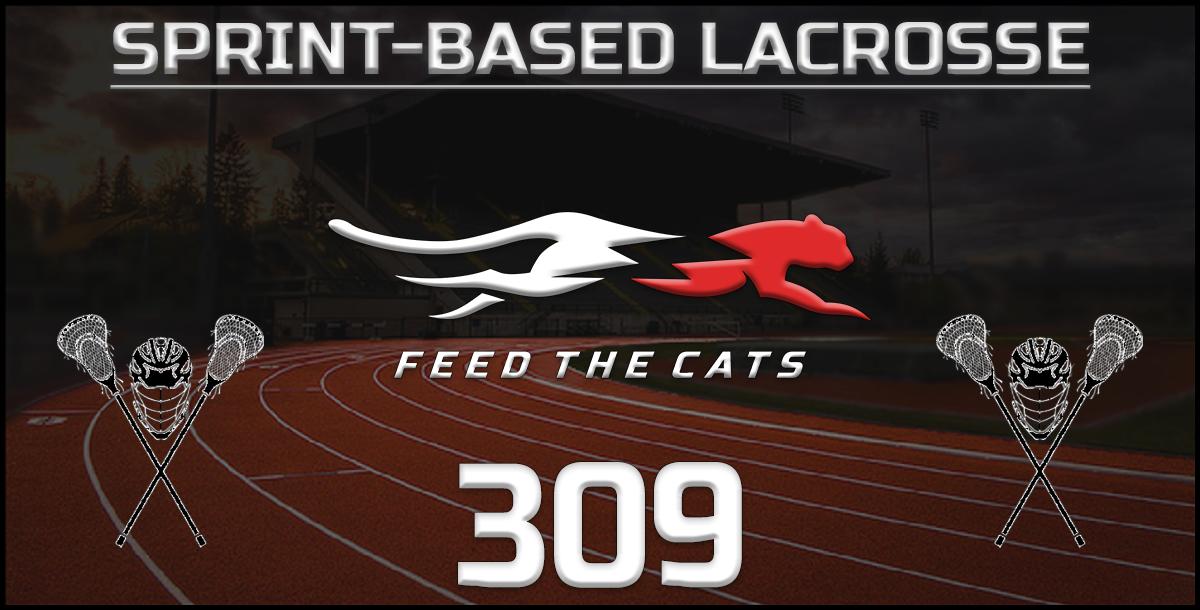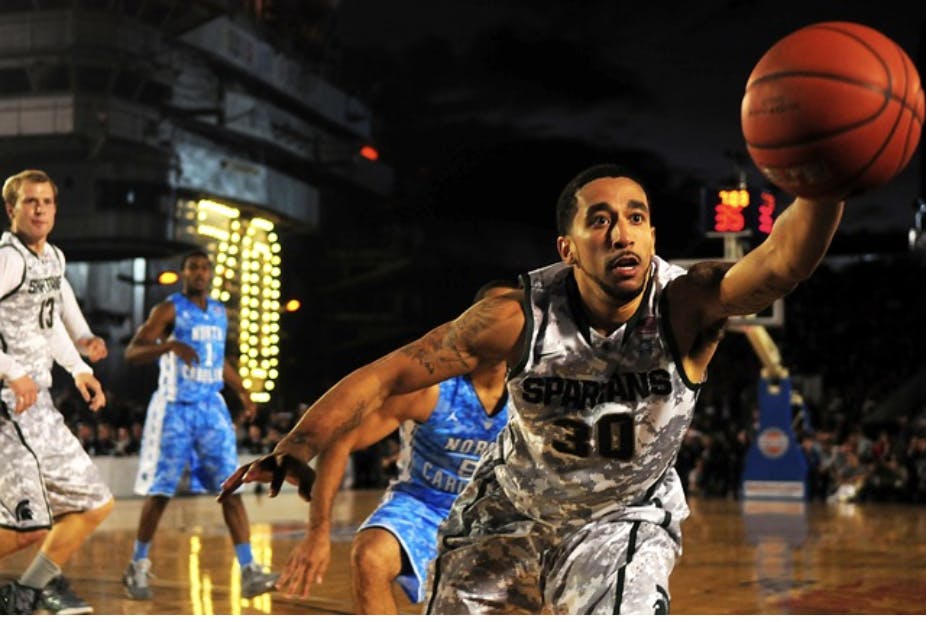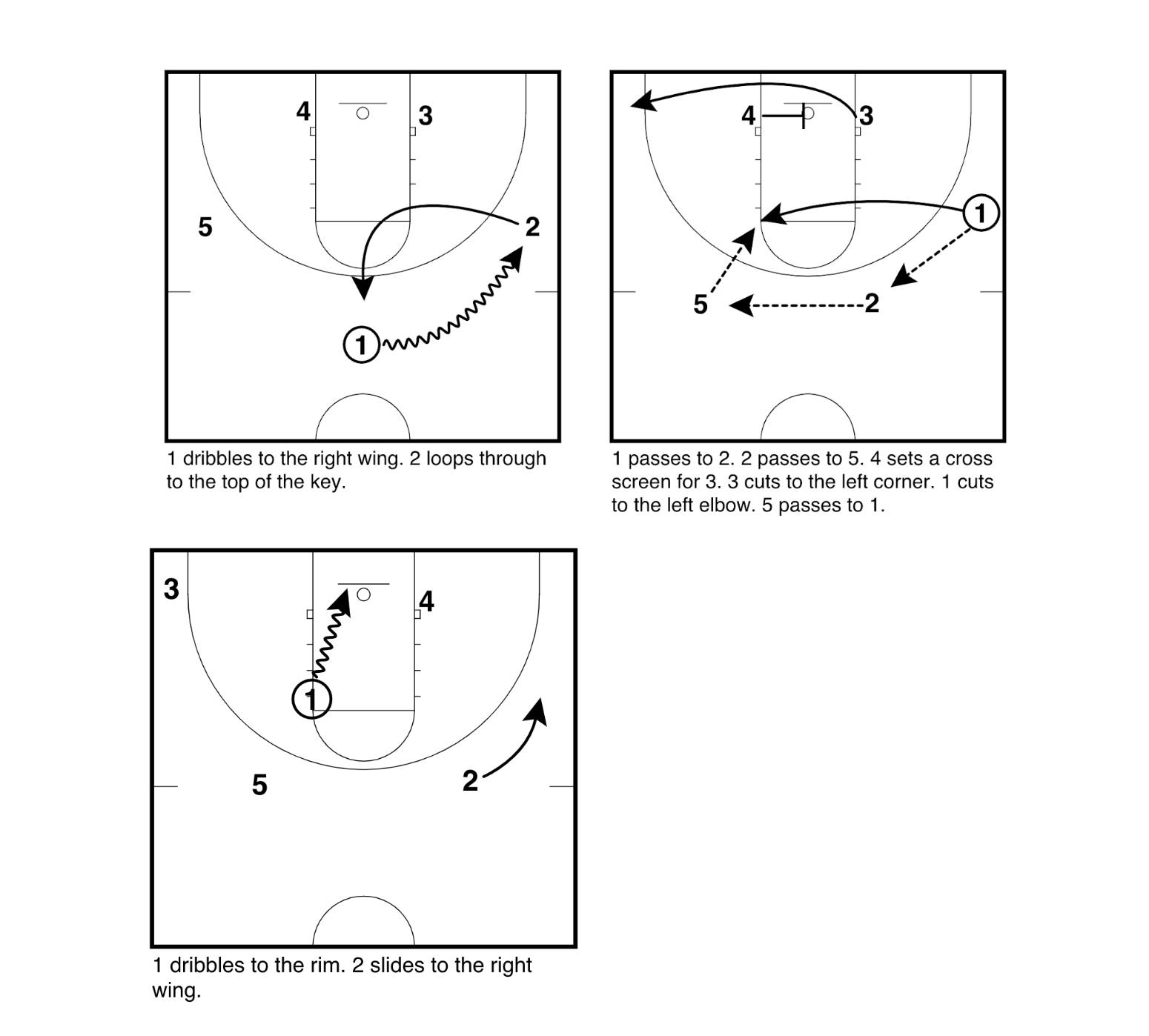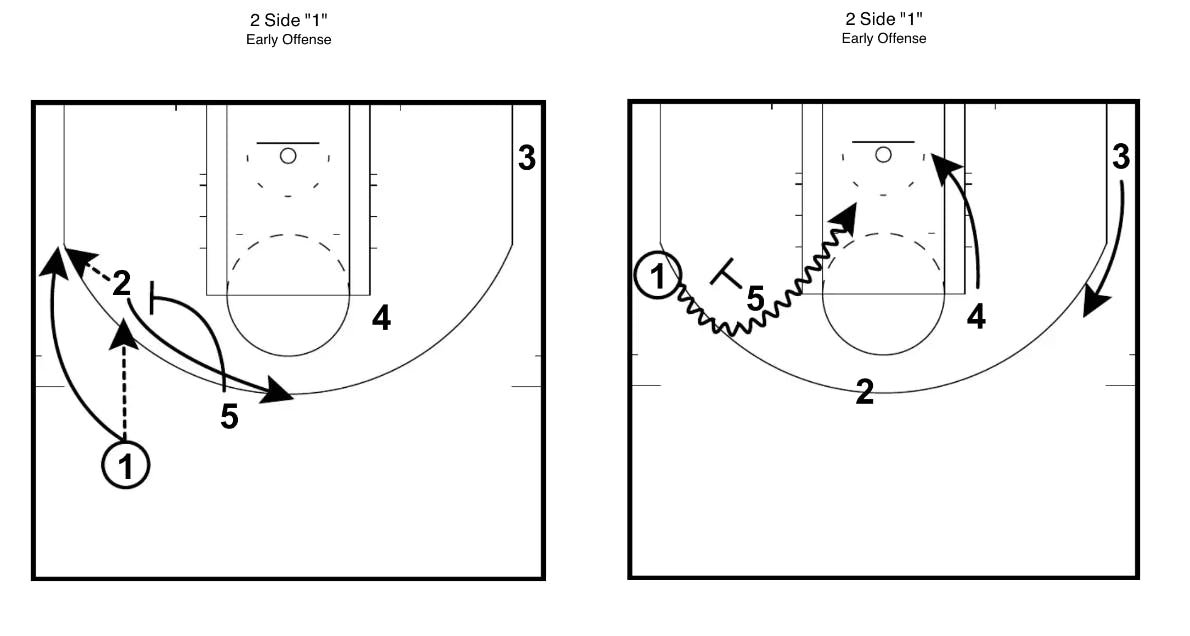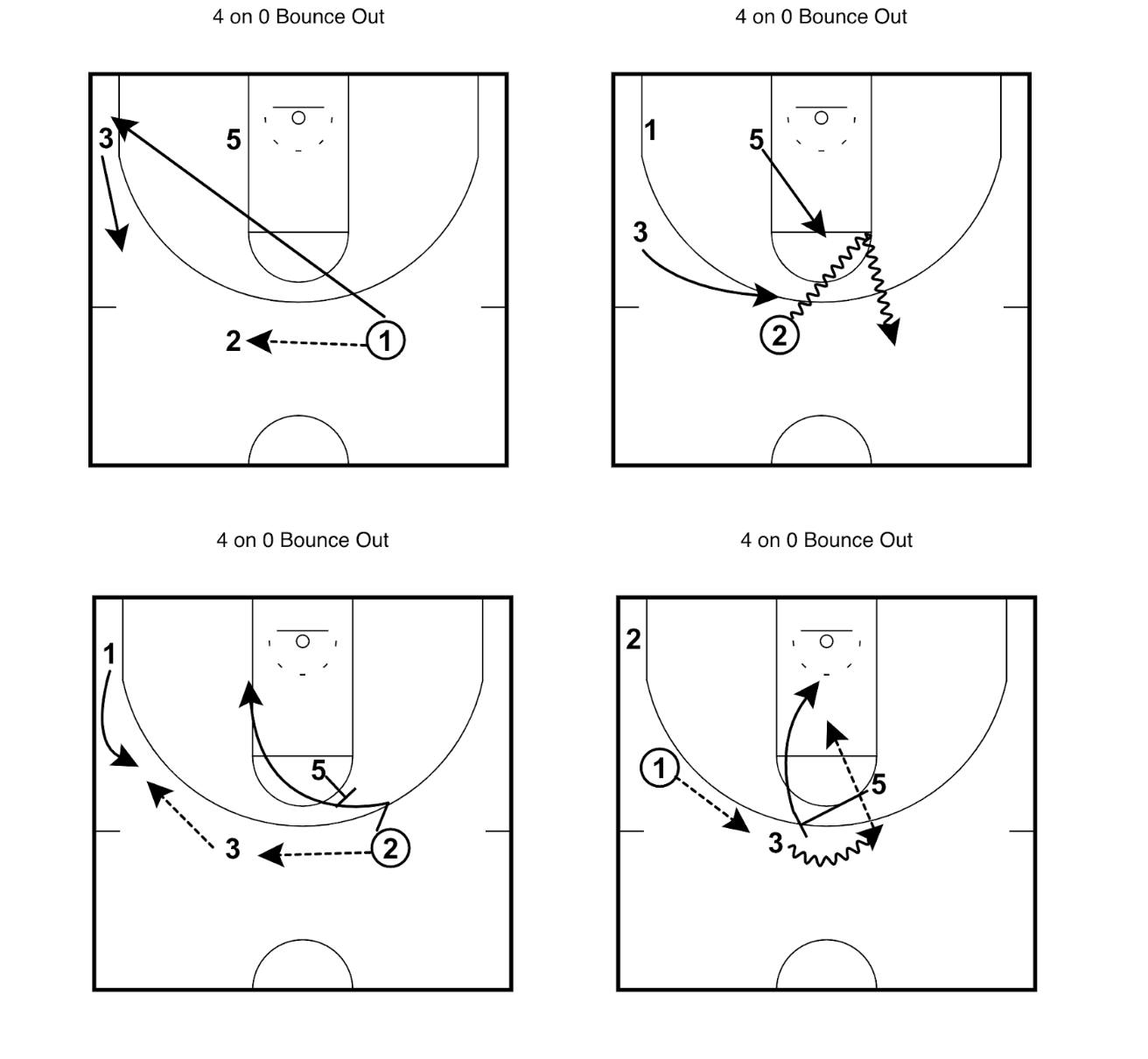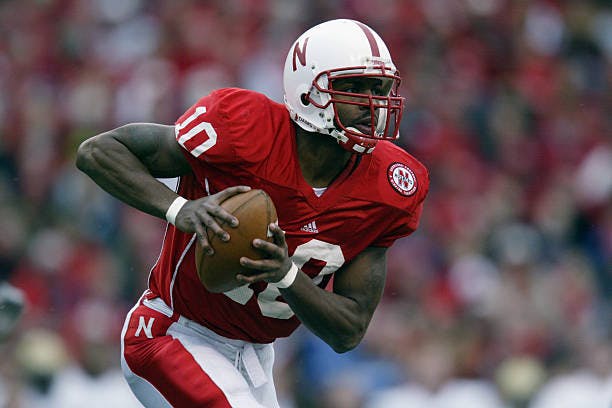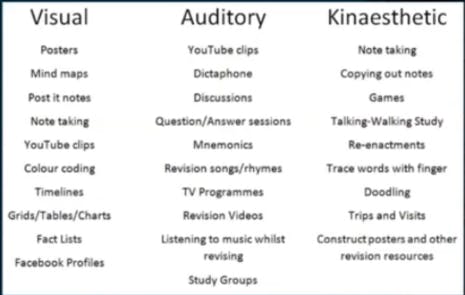Saturday, October 21, 2023
The Matt Walsh Show Highlight On US Sports Net: This NFL Star May Be The Only Player With Common Sense
Flashpoint on US Sports Net: Wars & Rumors of Wars... | Israel Update
Watch the complete show with the rumble app!
@ The Apple Store - https://amzn.to/48VeybQ
@ Amazon - https://amzn.to/48VeybQ
Listen to Flashpoint daily on US Sports Radio
http://www.USSportsRadio.net
https://bit.ly/ListenToUSSportsRadio
Friday, October 20, 2023
US Sports Track & Field: Parasympathetic Sprint Training - Jennifer McHugh, SA Reagan HS
Description
Parasympathetic Sprint Training - Jennifer McHugh, SA Reagan HS
The Coach
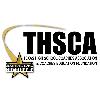
Texas High School Coaches Association
HELPING COACHES TO HELP KIDS - Since 1930
Coach McHugh has enjoyed 11 years at Reagan High School as the Head Girls’ Track Coach. At Reagan she has coached 46 athletes to the State Championship and thirteen athletes to gold, silver, and bronze medals in the 400M Relay, 100M, 200M, 800M Relay, and 3200M. The Reagan Girls Track Team has won three consecutive Regional Titles and finished as State Runner-Up in 2021. Reagan’s 400M Relay team ended the 2021 season as #10 USA All Time. Prior to her time at Reagan, Coach McHugh coached eight years at Roosevelt High School during which time the Girls Track Team won multiple district titles, earned several Regional podium finishes, and qualified 26 athletes to the State Championship—with four medals earned. In 2019, Coach McHugh was named the SA Express News Coach of the Year. Coach McHugh is blessed to serve the Reagan community and is grateful to be able to pursue her passion for building athletes and teaching young people about life through track and field.
Ratings and Reviews (18)

Triphasic Athletic Development
EXCELLENT! I've sat through and heard MANY TF presentations over the past 20 years. This is one of the BEST I've ever heard! This is GOLD!
Oct 6, 21 09:38 AM


Michael Peters
This really is an AMAZING course. A LOT of "GOLD NUGGETS" Definitely a deeper dive with a lot of "science." EXACTLY what I was looking for. Great job Coach McHugh!
Oct 14, 21 10:40 AM

Coach Almarez
WOW! I’ve coached Track and Field for 16 years. I wish I would have known this!!! Great presentation. FULL of useful and applicable information. If you are a TF coach, you NEED to watch this course. The neurological information is applicable to ALL athletes. Great job and THANK YOU Coach McHugh!
Oct 25, 21 06:06 AM

Coach Hinojosa
Excellent presentation. Full of GREAT content! Good job Coach McHugh
Oct 25, 21 07:17 AM

John Herald
This is good stuff! What Coach McHugh is doing at the high school level is IMPRESSIVE! GREAT CONTENT.
Oct 26, 21 07:52 AM

Jason Cochran
This is GREAT information to have. Love the way CoachTube broke down the sections. Coach McHugh really knows her stuff. Honestly, she explained some pretty difficult concepts in an organized, clear and coherent presentation. That is very useful. Especially for a presentation like this. Going to have to watch each section multiple times.
Oct 28, 21 10:14 AM

John Manzano
Thank you Coach McHugh. Excellent info. Like previously stated, going to have to watch these videos a couple more times in the future.
Nov 1, 21 09:26 AM

Isaac Bailey
SUPER! A lot of great info. Might be time for CoachTube to get with RPR and get some videos on this platform! Thank you for the time and effort you put into this presentation Coach McHugh.
Nov 4, 21 09:33 AM


Dustin Hughes
Really liked this. Great content. Absolutely worth $20 (maybe more!)
Nov 19, 21 06:48 AM

Carol Dempsey
Love it! I purchased the pulsars and they really do help with timing. My athletes love using them. Now, I need to go get my training in RPR!
Nov 29, 21 08:19 AM

Julia Neely
"What I want most will often be found where I least want to look." LOVE that! Always pushing ourselves as coaches to grow and develop. Great presentation!
Nov 30, 21 08:40 AM

Brad Edwards
SUPER! I really enjoyed the info. I am going to go out and purchase the Pocket Radar and start "dialing in" to the velocity decrement. Makes a lot of sense.
Dec 9, 21 02:57 PM

LaMar Suter
A lot to take in and digest. I appreciate you putting this together coach. Look forward to hearing this live next month.
Dec 15, 21 08:48 AM

Ian Vance
I think it has all been said in previous reviews. But, really appreciate this presentation. It's really pushing me to think about/question some of the "traditional" ideas I have had for many years.
Dec 16, 21 07:32 AM


Thursday, October 19, 2023
US Sports Tennis: How to Beat a Serve-and-Volley Player
Pete Sampras dominated the entire world of tennis through a dominant use of the serve-and-volley strategy. He consistently forced his opponents to make unforced errors through his excellence in this type of play. However, just as in other sports, tennis has gone through a change of play. No longer is the serve-and-volley approach recommended by tennis experts. This doesn’t mean it’s completely extinct though. Here, I’ll show you how to beat it when you see it!
Basic Meaning of Serve-and-Volley
The goal of a serve-and-volley player isn’t complex. Simply put, they’re looking to get in a strong first serve that doesn’t allow a strong groundstroke in the return. Then, immediately after serving, they’ll rush the net and look to volley the ball back before it hits the ground. The two primary qualities needed are a big serve and quickness off the line. As for the returner, it puts them in immediate pressure. Even though it’s tough to get a strong return on a big serve, you can’t hit a light shot that allows the server plenty of time to set up a winner.
The Fastest Miles Ever Run
Typically, serve-and-volley players are going to experience more success on hardcourt and grass court surfaces. It can be a daunting task for the opponent, but there are still plenty of ways to get by these serve-and-volley players with a victory.
Look for Your Chances
Cautious or Reckless?
There are two ways you can attack a serve-and-volley player: cautiously or recklessly. The cautious approach will lead to you just returning the first serve and not attempting any type of passing shots. Essentially, you’re not going to let your own shots lose the point, but rather make the opponent win the point. Conversely, a reckless strategy will attempt a high-degree of passing shots. This player will try to hit a big shot with every swing and go for a winner often. There are glaring negatives with each approach. A cautious approach can result in an experienced player making quick work of you. Meanwhile, a reckless approach will lead to a high number of unforced errors.
A Little of Both
My best solution is to play a mixture of cautious and reckless. With a serve-and-volley player, you’re not going to have a chance for a point on every shot. This requires patience. If they make a strong serve, just get a return in and wait for the opportunity to hit a winner. Sometimes, you’ll even luck out and they’ll miss on an open shot. The key is to wait for your chances. Don’t give your opponent free points, make them earn it!
Play to Their Weaknesses
Unless you’re playing someone like Roger Federer or Novak Djokovic, chances are your opponent will have some holes in their game. As a player, it is your job to find these weaknesses and take advantage of them. Even if this requires you to alter your approach slightly, it is still likely going to be worth it. If you don’t have the opportunity to watch them in a previous match, check out how they play warming up and in the early stages of your match. Do they struggle running back if a lob was hit over their head? Is their backhand or forehand stronger? Finding answers to these questions will help greatly as the match carries on.
Get the First Return In
As I mentioned earlier, a big serve is a critical part of the serve-and-volley approach. If they can’t force you to stay back behind the baseline, then the serve-and-volley strategy won’t be effective. Assuming they do have a strong serve, the only way to stay in the point is to get the first return over the net. While it would be ideal to get a decent return in, I recommend making sure you get the first return in for the early stages of the match. This will not only make the games closer, but it will increase your own confidence. If they’re serving up aces on multiple serves each game, then chances are your confidence would start to drop and your own game would suffer. However, getting the returns early in the match will make you believe that you can start trying different and stronger returns as the game progresses.
Try to Keep Them Back
At the core of serve-and-volley player’s games is the idea that they want to get to the net. They want to put pressure on you. On the opposite end, you will want to keep them back closer to the baseline. Once they get to the net, it will be tougher to win the point. There are two methods for this. First, you can work on blocking the initial serve back so it goes deeper on your opponent’s court. This shot takes a lot of work due to the speed this serve may be coming in at. However, it will keep them closer to the baseline. The second approach is for when the server is able to get to the net. In these situations, you can hit a lob. A lob goes over their head and forces them retreat on their court. If you’re able to successfully hit a few good lobs, it could also force them to hang back longer on some points due to tentativeness.
Hold Serve
Serve-and-volley players are going to be tough to break on most occasions. In these matches, you may only have a few break opportunities. With this being the case, it is vital to hold your own service games. By doing so, it will not only put you in a better position to win, but also apply more pressure to them on their service games. While learning how to effectively serve is a long concept in its own, the best advice I can give here is to be aware of them coming to the net when you’re serving. After one or two shots, they’ll look to charge the net and put pressure on you. They will want to prevent any long rallies, so don’t be worried when they do come in.
Control Momentum
In nearly every sport, the word ‘momentum’ gets tossed around frequently. A team can be rolling along and then one play can change the entire outlook of the game. The same idea is present in tennis. Your opponent can be controlling the match, but one break could certainly change the tides. Be aware of this and try to grab the momentum early in the match. Players aren’t always completely ready when the game starts, so take advantage of this and come out ready to play. This will not only ensure momentum is on your side, but can also set a tone for the rest of the match.
Practice!
Since serve-and-volley is a rarity in today’s game, it is tougher to be prepared for it when a player pulls it out. As a result, practice the concepts utilized by it during practice. For example, have a teammate serve and then rush the net against you even if they’re not a serve-and-volley player. They don’t have to possess a huge serve. Just practicing against the basic concepts will put you in a better mental mindset for moments when you’re faced with it in an actual match.
Wednesday, October 18, 2023
US Sports Lacrosse - Feed the Cats: Sprints-Based Lacrosse by Tony Holler
Description
“SPRINT BASED LACROSSE” is the ninth course of an ambitious “Feed the Cats certification program created by Tony Holler.
Feed the Cats is a revolutionary way of training, coaching, and teaching that values specificity, essentialism, performance, and love. After gaining a world-wide following in Track & Field, FTC has now gained a strong foothold in American football.
This presentation rocked the lacrosse world at the IMLCA National Clinic held in December of 2020. Tony Holler is the first presenter at IMLCA to never hold a lacrosse stick… yet the presentation got rave reviews.
“Sprint Based Lacrosse” takes an overview of the traditional approach to sport training (lift weights and get tired every day), and turns it upside down. Feed the Cats is the name of the new model and speed is the priority. The foundation of that speed is rest, recovery, and sleep.
More courses are on the way!
Follow Tony Holler on Twitter… @pntrack
The Coach
Tony Holler
Head track coach at Plainfield North High School. 42 years experience coaching football, basketball, and track. Member of Illinois Track & Field Hall of Fame and Co-director of Track Football Consortium with Chris Korfist
- Head Boy's Track & Field at Plainfield North High School (IL)
- Retired Chemistry Teacher
- Public Speaker
- Writer for FreelapUSA, SimpliFaster, & ITCCCA
- Creator and Owner of "Feed the Cats"
- Co-Owner of Track Football Consortium
- Certified Teacher of Reflexive Performance Reset
- Book this course.....
Tuesday, October 17, 2023
US Sports Basketball: From College to the Pros: Transitioning the Dribble Drive Offense
- By Justin Tran
The Dribble Drive Offense is a game-changing basketball strategy designed to optimize scoring opportunities and disrupt opposing defenses. With its emphasis on dribble penetration, kick-outs, and spacing, this offensive system has gained significant popularity among coaches and players alike.
By mastering the Dribble Drive Offense, teams can unlock their full potential on the court, utilizing aggressive drives, precise passes, and strategic positioning to create open shots and exploit defensive weaknesses. Understanding the concepts and strategies of the Dribble Drive Offense is crucial, whether you're a coach hoping to change your team's offensive strategy or a player looking to improve your abilities. Join us as we explore the core concepts, successful implementations, and notable coaches associated with this dynamic offensive strategy.
At the University of Kentucky, Coach John Calipari has long been recognized as an expert at implementing the Dribble Drive Motion offense. With a focus on relentless dribble penetration and attacking the rim, Calipari's coaching philosophy emphasizes dynamic scoring opportunities and aggressive play.
In Calipari's system, the Dribble Drive Motion offense revolves around a guard who possesses exceptional ball-handling skills and the ability to get to the rim. This allows the offense to constantly put pressure on the defense, as the guard drives past the defender and forces help rotations.
One of the key advantages of the Dribble Drive Motion offense is its ability to exploit mismatches. Calipari makes sure to recruit and develop players that are adaptable and excel in a variety of positions. By utilizing post players who can stretch the floor and shooters who can attack the rim, Kentucky's offense becomes multifaceted and difficult to defend. The Wildcats are able to generate scoring opportunities both within the paint and beyond the arc thanks to this strategy, forcing defenders to make tough decisions and often leading to fouls.
In this play designed by Coach Calipari, the Dribble Drive Motion offense comes to life. The point guard draws the defense's attention as he attacks the right wing to start the play. Simultaneously, the shooting guard moves to the top of the key, creating space. The point guard then passes it to the shooting guard, who then quickly dishes it to the center. Meanwhile, the forwards set a well-timed screen under the basket, enabling the small forward to find an open spot in the corner. With the ball now in the center's hands, a pass is made back to the point guard positioned on the left wing, who then has options to either drive for a layup or pass to the corner for an open 3. To see more of Coach Calipari’s playbook at Kentucky, click here!
Denver Nuggets Utilizing the Dribble Drive Offense
The Denver Nuggets, the reigning NBA champions, are renowned for their exceptional utilization of the Dribble Drive Offense. Running this offense plays to the strengths of their dynamic roster and allows them to consistently attack the defense with relentless drives and strategic offense moves.
In this style of offense, the Nuggets' perimeter players excel at initiating the attack. By using baseline drives, middle-of-the-key attacks, and kick-out passes when the defender assists, they try to penetrate the defense. This aggressive style of play not only opens up the middle but also creates passing lanes for the players on the perimeter.
With four players positioned on the perimeter, the Nuggets can effectively shoot the outside shot or rotate the ball around the perimeter, creating passing lanes and exploiting defensive gaps. This style of offense, often associated with the teachings of Coach John Calipari and Vance Walberg's innovative approach, gives the Nuggets a lot of freedom to make quick decisions based on the defense's positioning. To mislead the opponent, players must be able to pivot and pass, finding the open teammate or making backdoor cuts.
In this Dribble Drive Offense play, the Denver Nuggets showcase their strategic ball movement and scoring opportunities. The action begins with the point guard positioned on the left side, passing the ball to the shooting guard, who promptly returns it. Simultaneously, the point guard cuts to the left wing. Meanwhile, the center executes a flare screen for the shooting guard, transitioning to the top of the key. Subsequently, the center sets another screen, this time for the point guard, who aggressively attacks the basket. As this unfolds, the power forward positions themselves near the low block, while the small forward becomes an option for a kick-out pass on the right wing. To learn more about the Denver Nuggets efficient offense, click here!
Dribble Drive Motion Drills
Building skills is one of the main advantages of dribble drive drills. By practicing dribble penetration, players learn how to attack the defense, create scoring opportunities, and draw fouls. The repetition and intensity of these drills help players improve their ball-handling, change of direction, and decision-making abilities, enabling them to excel in game situations.
Dribble drive drills also emphasize kick-out passing, a vital skill in the Dribble Drive offense. In order to create scoring opportunities for themselves and their teammates, players learn to recognize open teammates on the perimeter and execute accurate kick-out passes. These drills enhance passing accuracy, court vision, and offensive awareness.
Conclusion
The
Dribble Drive Offense is a game-changing strategy that optimizes
scoring opportunities and disrupts opposing defenses. Mastering this
offense requires understanding the concepts and strategies behind it.
Coach John Calipari at the University of Kentucky has been highly
successful in implementing the Dribble Drive Motion offense, emphasizing
relentless dribble penetration and attacking the rim. The Denver
Nuggets, the reigning NBA champions, also excel at running the Dribble
Drive Offense, utilizing their dynamic roster and strategic offense
moves. Additionally, dribble drive drills are essential for skill
development, improving dribble penetration and kick-out passing. These
drills enhance players' abilities to attack the defense, make accurate
passes, and create scoring opportunities. Learn more.....
Monday, October 16, 2023
US Sports Football: Setting up your young Qb for success
Regardless of the level - NFL, college, or high school, having a plan to set up your young quarterback for success needs to be at the forefront of your planning for the next season.
Two offensive coordinator/quarterback coaches recently shared their thoughts on this at the Lauren’s First and Goal Clinic. Dave Patenaude is the OC/QB Coach at Georgia Tech, and Joe Davis is the OC/QB Coach at Albany.
Coach Dave Patenaude has a track record of developing quarterbacks over his 30+ year career. None of these was a bigger task than when he was given the task of converting the Georgia Tech offense from an option-based scheme to a pro-style, spread attack. This included using a freshman quarterback in the first year of their tenure.
In a world of cool drills, complex plays, and numerous philosophies on developing a quarterback, Coach Patenaude has simplified his job down to one simple concept - alleviate stress and anxiety on the quarterback. He uses the analogy of taking a test and that preparation leads to confidence. He explains his philosophy here:
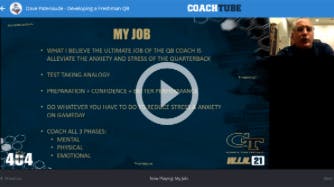
Patenaude develops all three phases of the quarterback - mental, physical, and emotional. On the mental side, he starts with understanding the learning styles of his quarterback which he does with a V.A.K. test - visual, auditory, kinesthetic, so he can match his teaching to what his student quarterbacks need.
On the practice field, the physical component, Patenaude keeps it simple with using a bag and a net, and keeps them on edge throughout the practice by constantly talking to them, reminding them, and coaching them up throughout every second of practice. He explains more here:
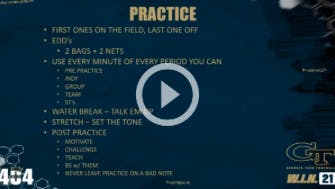
Lastly, Patenaude develops the emotional side. He invests personally in each of his players. This ranges from talking to them about issues outside of football to having them around his own family.
Coach Patenaude’s entire clinic “Developing a Freshman QB” can be found here.
While he hasn’t accumulated the season of experience of Patenaude, Davis has coached quarterbacks continuously since 2003 at the Division III, II and FCS levels and he's left each place significantly better than he found it.
Joe Davis has become known for his ability to develop quarterbacks as well. In his clinic talk he focused on utilizing concepts that are easy for a quarterback to understand and execute.
“Today everyone is running versions of the same stuff.” To be great at advanced plays, you have to be great at the basics first. It comes down to being so detailed that they run it better than anyone else.
Davis gives an overview of his thoughts on the landscape of today’s offenses and how to be better on offense here:
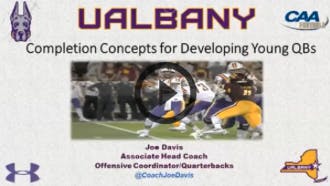
For Davis, it starts with a mission statement so both he and his quarterbacks can evaluate where they are at:
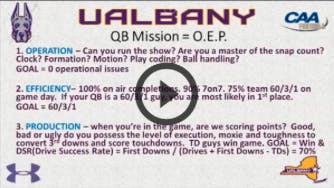
On the practical side, it all starts with utilizing concepts that can start drives, boost confidence, and build the quarterback’s ego. He believes within all the concept that are available, you can create a menu that allows the quarterback, especially the young quarterback to be successful as he explains in this video:
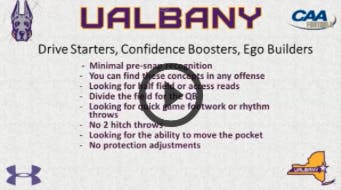
Coach Davis illustrates all of the concepts that fit this profile in his clinic video from Lauren’s First and Goal “Easy Completion Concepts for Developing Young Quarterbacks.”
Coach Patenaude and Coach Davis have had success with their approach at multiple levels. They show the importance of developing the person and the quarterback as well as being intelligent in our choices as coaches and the situations we create for them in playbooks, game planning, and play calling.
Sunday, October 15, 2023
Louder With Crowder On US Sports: Israel Lights Up Gaza! Will Trump Save the Middle East?
Japanese scientists released the results of a study about the evolutionary origins of the COVID Omicron variant. Also, the war in Israel is on its fifth day as Israel retaliates in full force. And Ron DeSantis attempts to smear Trump over his Israel comments.
Guests: Josh Firestine
Join MugClub to watch this show every day! http://louderwithcrowder.com/mugclub




